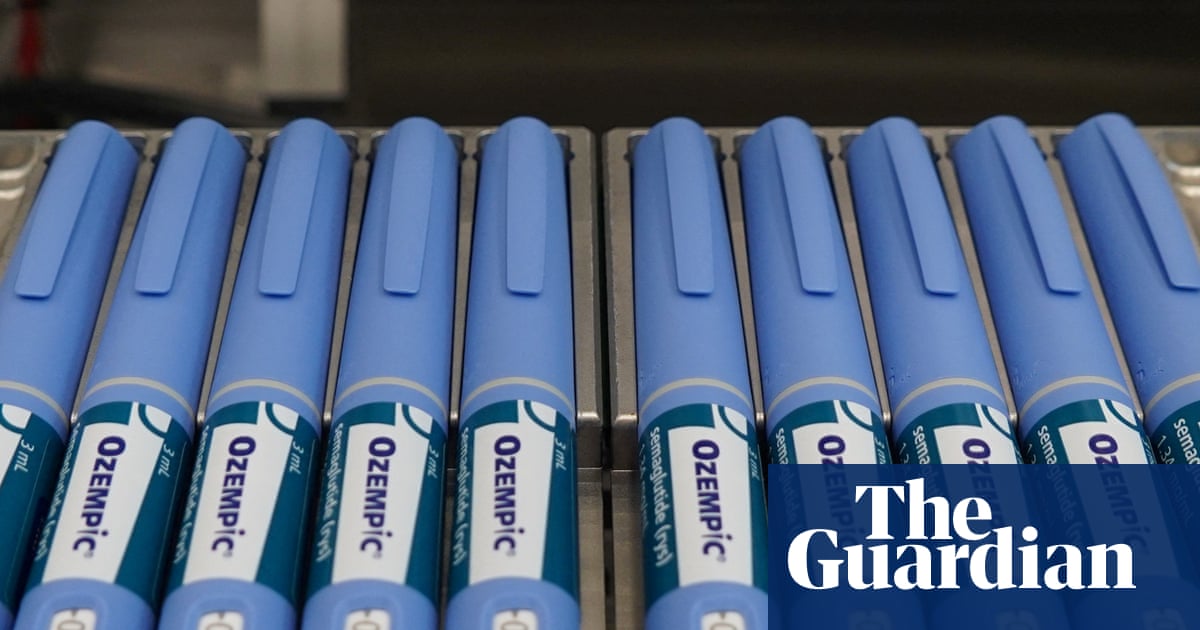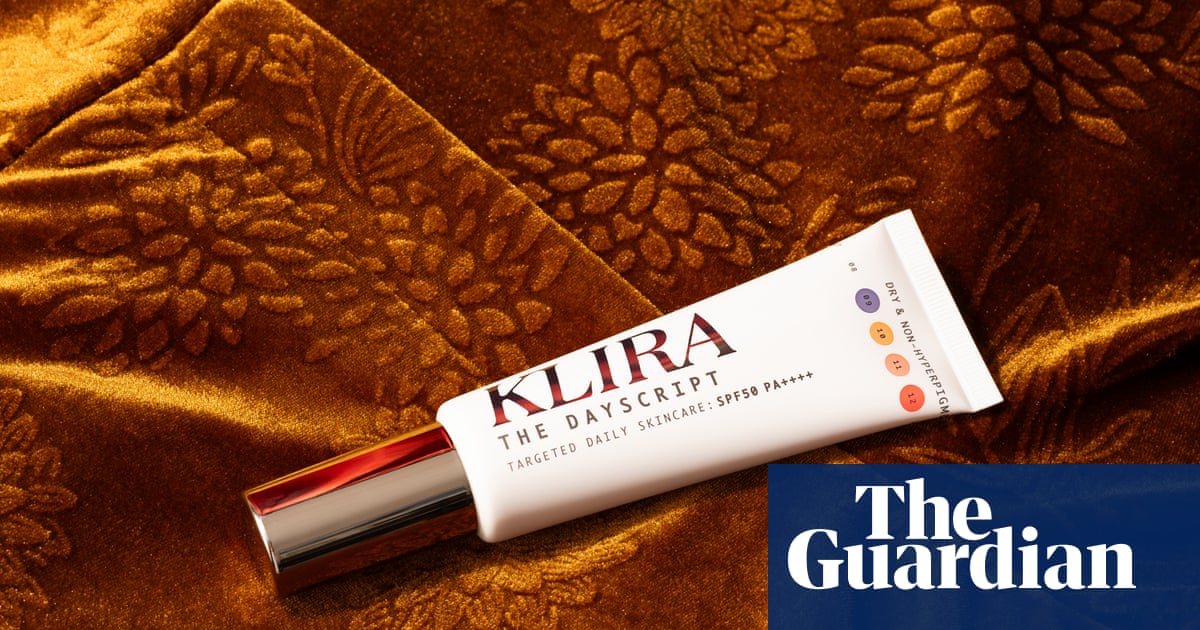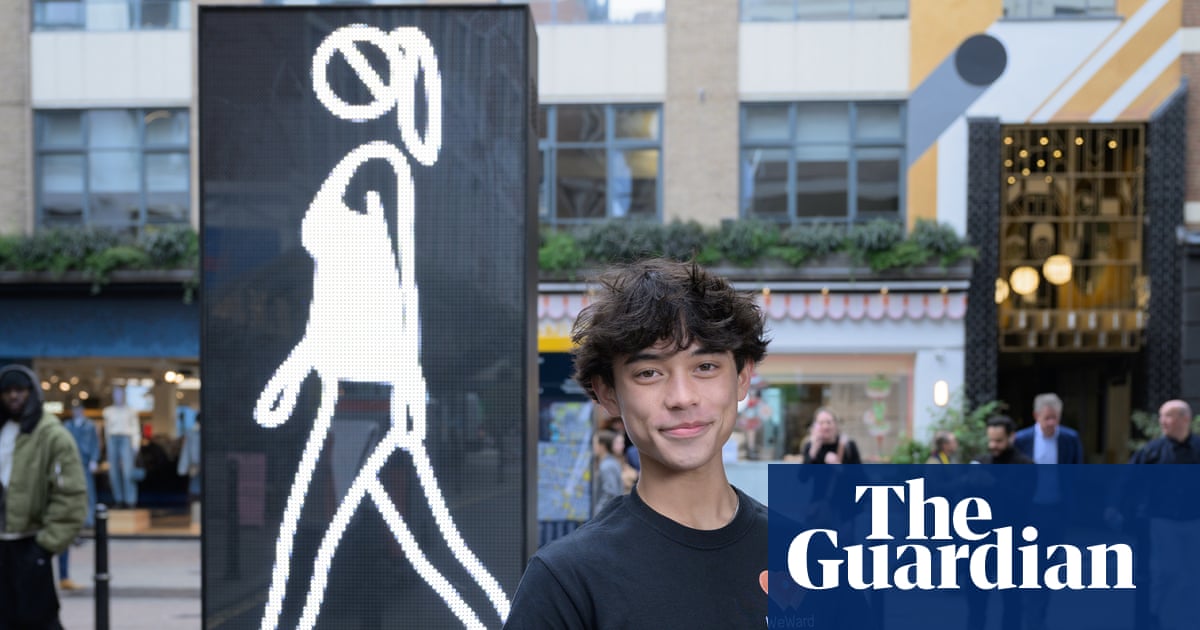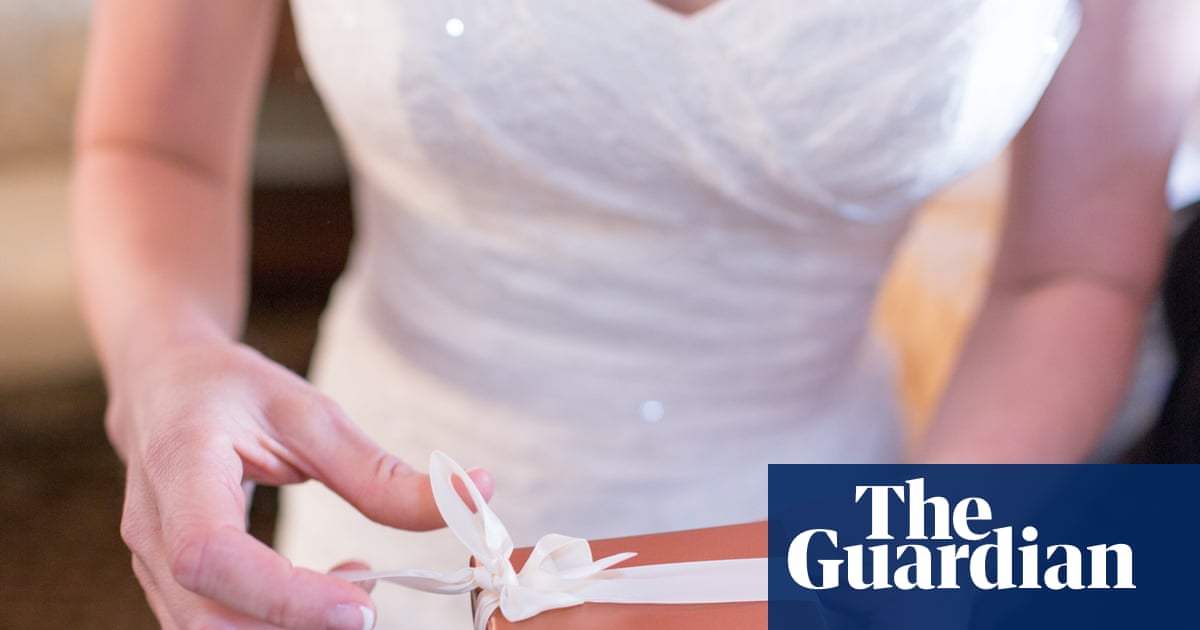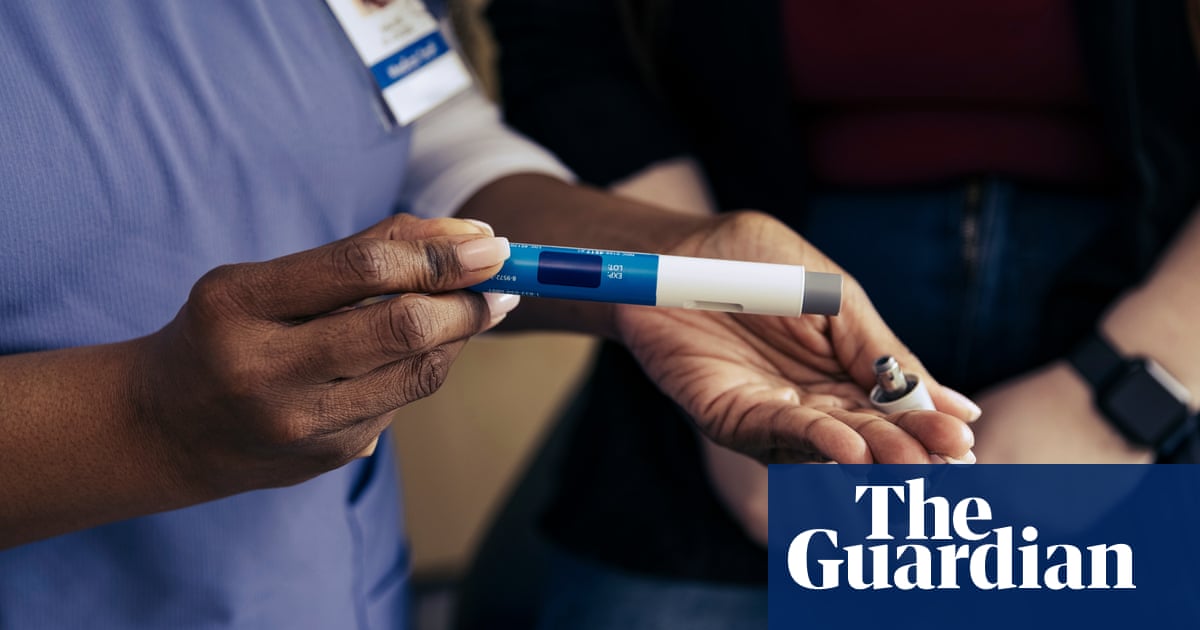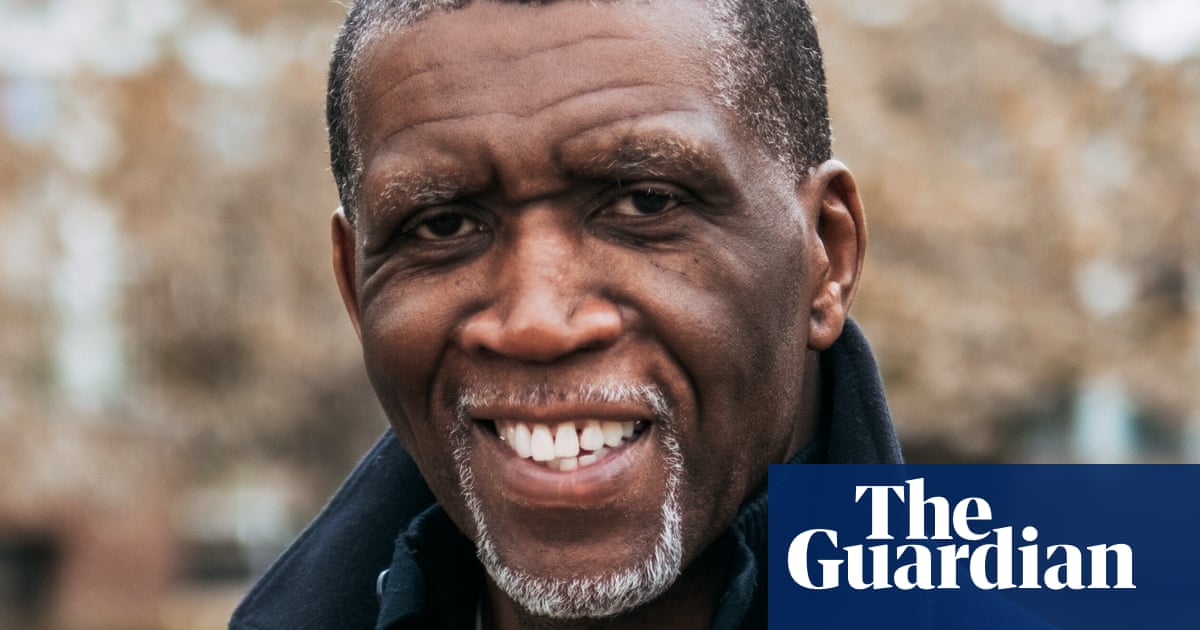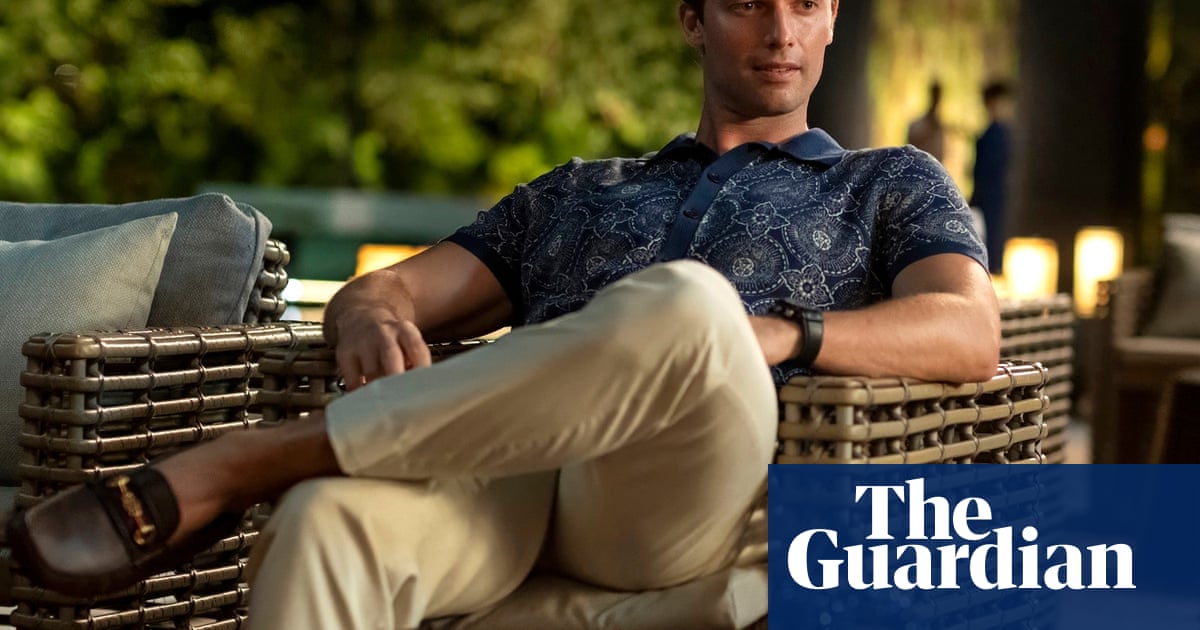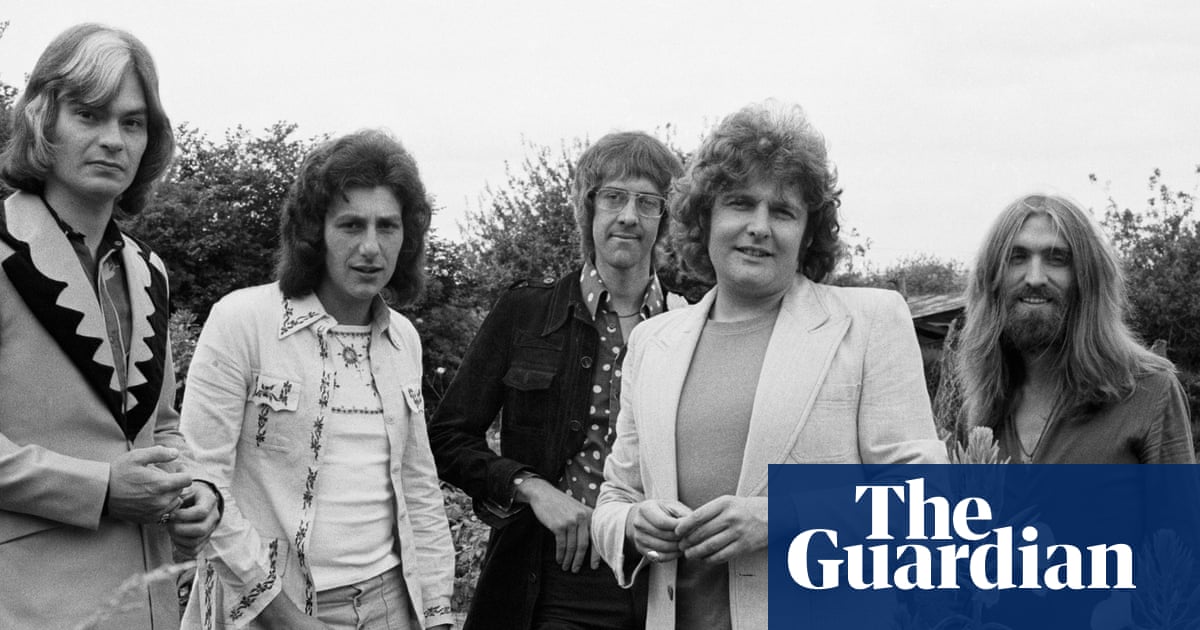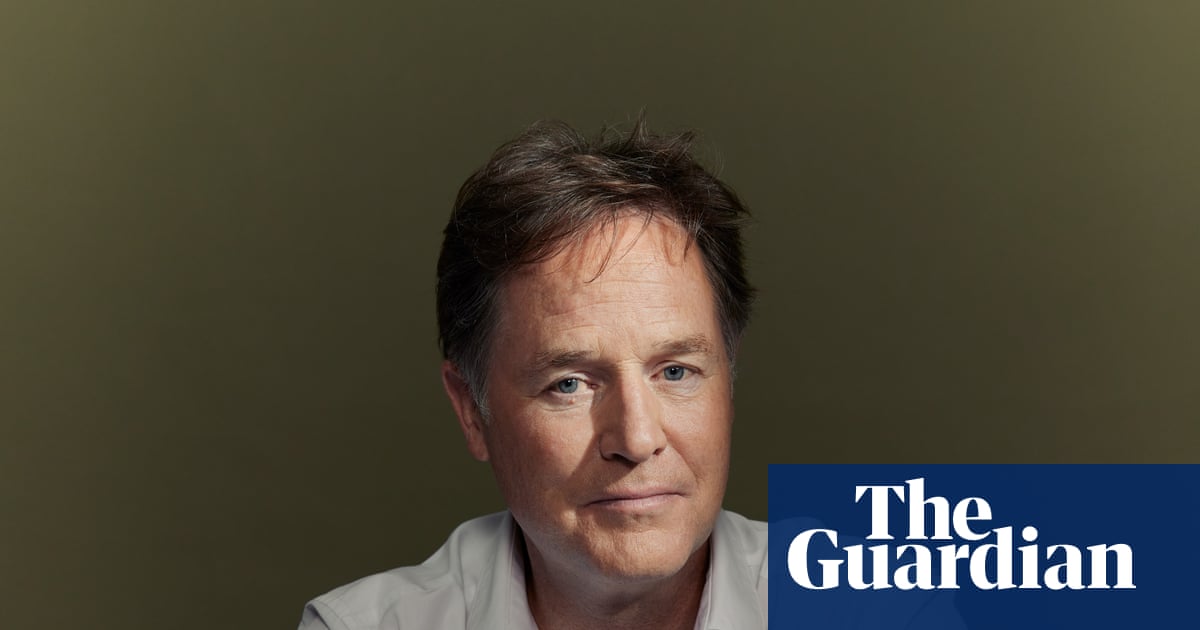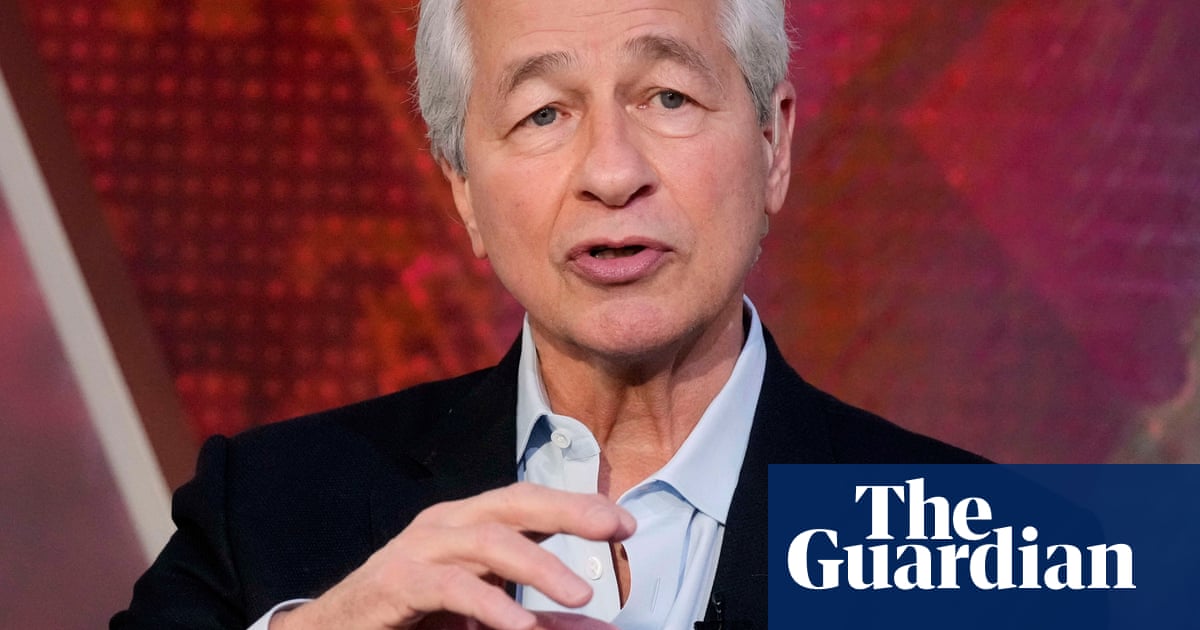In 2011, a couple of years before the David Bowie Is exhibition opened at the Victoria and Albert Museum in London, I came out as a lesbian. Up until that point I had been exclusively dating men, one of whom I married. Two years later, I was in my early 40s, a newly separated mother of four children, living in the US. I had started to question my gender identity, as well as my sexual orientation, and was looking for some answers.
I was born in England in the early 1970s – before the advent of the internet. As a teenager, my friends and I didn’t have Reddit or YouTube to turn to when we had questions about sex; instead, we turned to pop stars, and in the 80s everyone was messing with gender. Annie Lennox wore boys’ clothes, Boy George wore girls’ clothes, and pop groups such as Erasure and Bronski Beat had members who were out and proud.
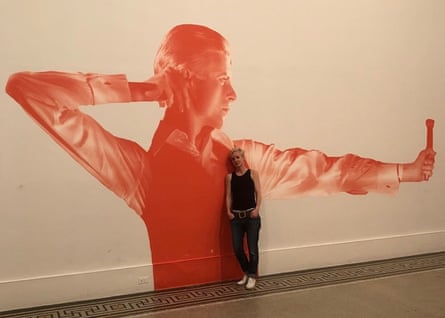
I spent the 90s riding a motorbike and dressing like a tomboy, but I reverted back to femininity when I opted to get married. My husband relocated us to the US in 2007, but when the marriage fell apart I felt an irresistible pull back towards the masculinity I’d given up. And since nobody played with gender quite like David Bowie, I decided to spend a free afternoon on a summer trip back to the UK at the V&A, in the hope that maybe he could help me figure it out.
I didn’t know exactly what I was looking for when I walked into the exhibition – perhaps I hoped that by losing myself in the opulence of Bowie’s gender experimentation I might, in turn, stumble across a clue to my own identity. I soon found myself standing in front of a small television screen on which the video for Boys Keep Swinging was playing on repeat. Bowie was strutting his stuff in the foreground, looking sharp in a dark grey suit, while off to one side three backing singers dressed in drag crowded round a microphone. Unlike the drag queens I had encountered in real life, these ladies weren’t sashaying around the stage with the confidence of born divas; instead they looked bored and annoyed. Relegated to the background, they chewed gum and rolled their eyes at the tedium of it all.
“Boys keep swinging, boys always work it out,” Bowie sang cheerfully, apparently oblivious to their lack of enthusiasm. I felt a momentary pang of empathy for the backing singers, with their heavy makeup, uncomfortable wigs and too-tight dresses. They appeared to feel as uncomfortable as I did in women’s clothes – irritated and impatient, as if they were longing for it all to be over. Just as I realised I was identifying with three men dressed in drag, one of them ripped off her wig, smeared the lipstick from her face, and revealed herself to be … Bowie! Shocker. (Of course, there were two other David Bowies as well.)
At that moment, I knew for certain that I wanted to rip it all off and become Bowie too. I wanted his narrow hips and his sharp haircut, his angular jaw and his flat chest; I wanted to embody the slim-silhouetted, Berlin-era Bowie. And yet I couldn’t, because to truly become Bowie, first I would need to be a man. Coming out as gay was one thing, but transitioning was a much more frightening prospect.
It took me several more years before I was ready. In the meantime, I did my best to become more masculine: I stopped wearing makeup and threw away all my skirts and dresses, cut off my hair and started wearing men’s clothes. I sat differently, walked differently, and changed my name and pronouns, but I stopped short of medical intervention – the possibility of rejection and regret had left me paralysed with fear.
When the David Bowie Is exhibition finished its world tour with a stint in Brooklyn, New York, five years later, I went back. I had reached a breaking point. I couldn’t go on pretending to be something I was not. Standing in front of the same video in 2018, I knew for certain that the problem wasn’t my clothes, it was my body. I wasn’t a masculine woman; I was a feminine man who’d been wearing drag all his life. I wanted to transform myself into the man in the sharp suit, dancing in the spotlight, and now I realised that I could.
I booked myself in to see a doctor shortly afterwards. It took another few years before my transition was complete, but none of the things I feared came true. I still have many of my feminine mannerisms, so people often mistake me for a gay man, but I’m OK with that. I wanted the freedom to play with gender like Bowie did – and now that I’m comfortable in my body, I can.

.png) 3 hours ago
8
3 hours ago
8
